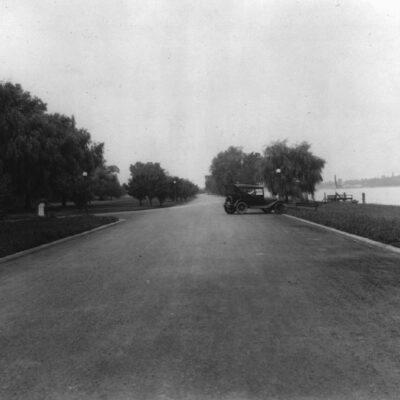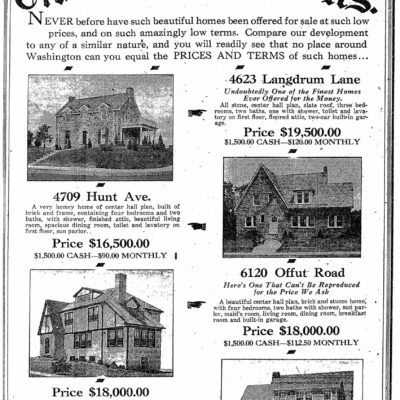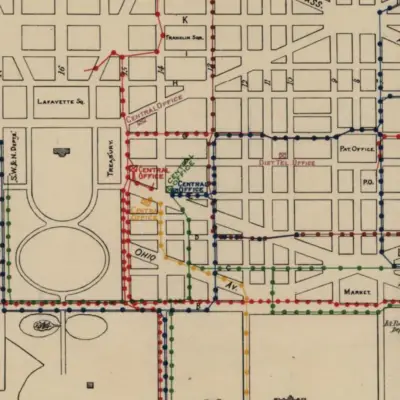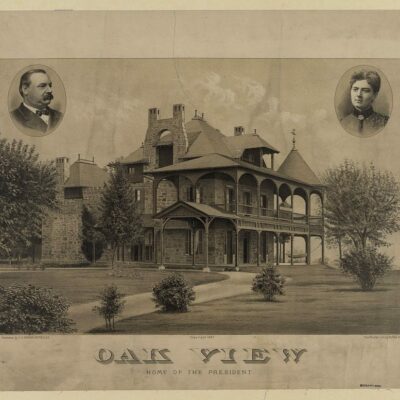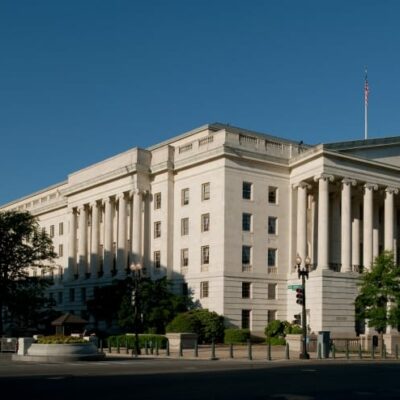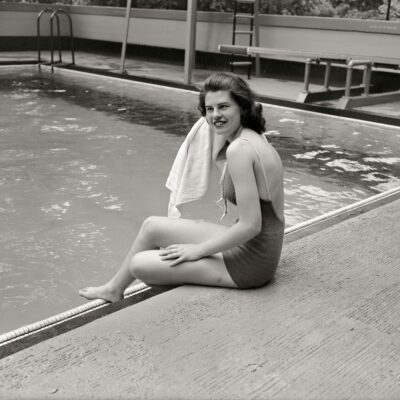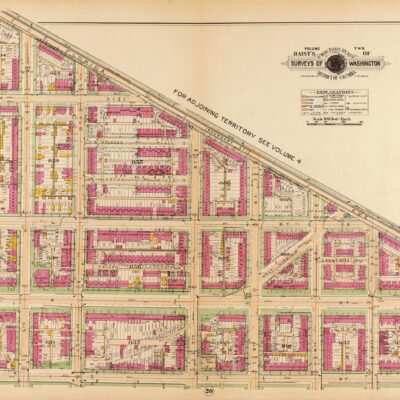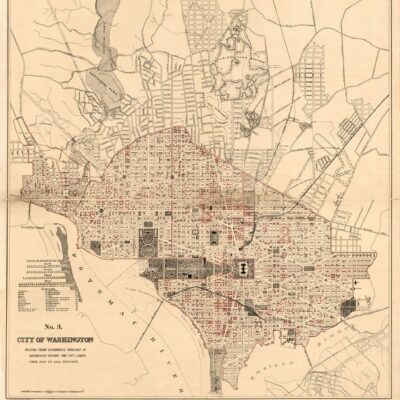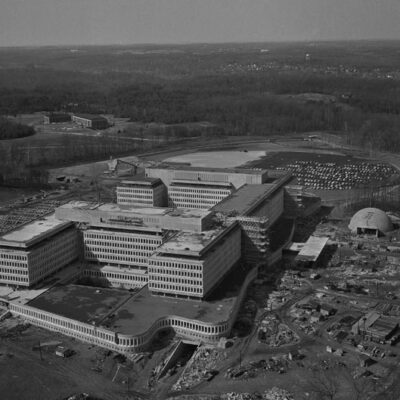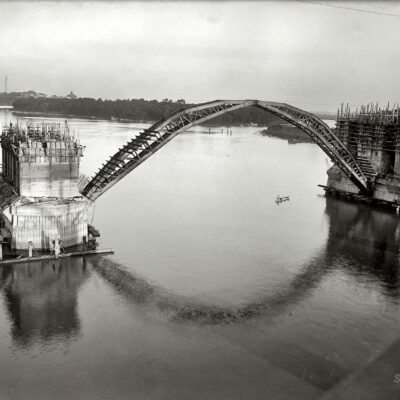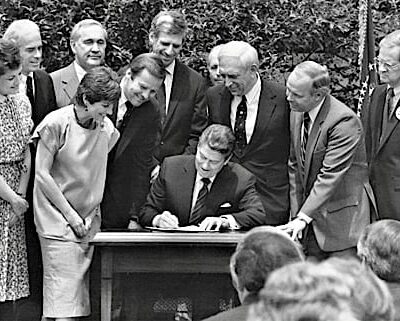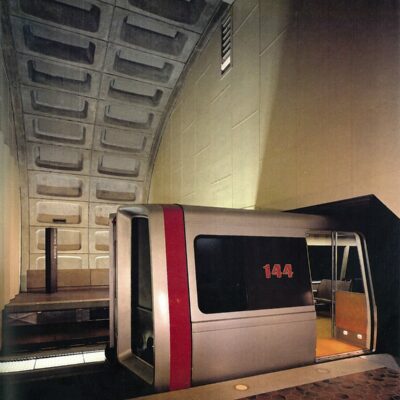The area we now know as Greenbelt, Maryland, started in 1937 as a public cooperative community during the New Deal. Interestingly, it was one of three affordable, “green” towns planned a few years earlier by Rexford Guy Tudwell, who was heading up the U.S. Resettlement Administration (RA). The RA has the mission of relocating struggling American families to planned communities.
In addition to Greenbelt were the two other green towns of Greendale, Wisconsin and Greenhills, Ohio.
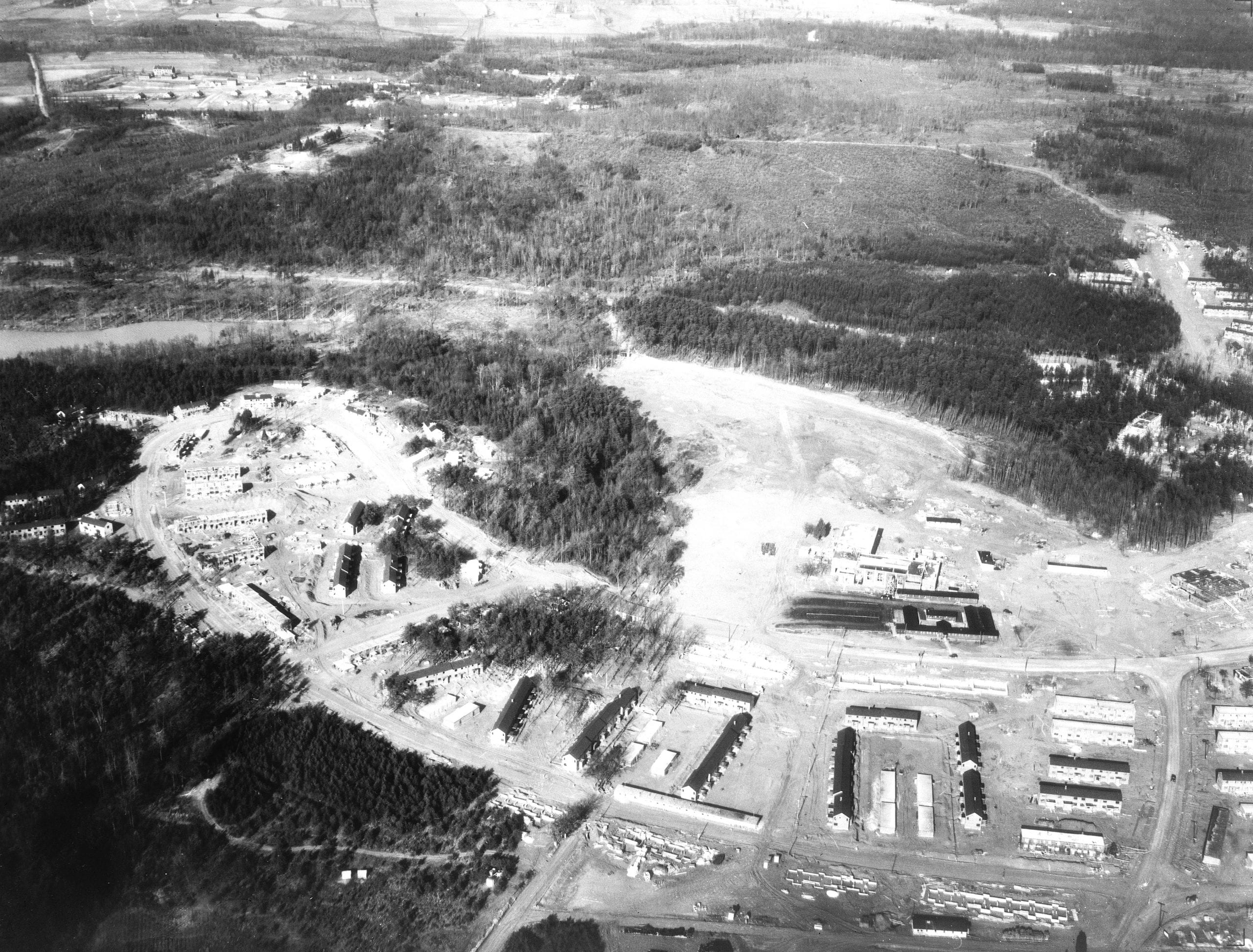
The name “Greenbelt” was chosen because of the belt of green forestland surrounding the area. Eleanor Roosevelt herself helped Tugwell design the Maryland town. The project was on a massive scale with over 5,000 workers helping shape the new community.
Below is an interesting article that we dug up from August 3rd, 1936 in the Washington Post.
A great many people would like to live in Greenbelt, the Resettlement Administration’s housing experiment in Prince Georges County. No effort has yet been made to seek tenants for the 1,000 houses which are expected to be ready for occupancy in February, but already 5,000 applications have come from prospective renters.
There are good reasons for this enthusiasm. The community undeniably will be an attractive place in which to live. Moreover, the rents will be low out of all proportion to the cost of the “dream town.” The taxpayers will make up the difference.
Who is going to live in Greenbelt? Dr. Rexford Guy Tugwell and his assistant haven’t yet completely worked out an answer to that question, but the management division of Resettlement is hard at it. Their present idea is that the families who will occupy these homes in the midst of wide parks and recreation fields should be those with incomes between $1,200 and $2,000 a year. The family heads must have steady jobs to insure continued payments of rents. The families should not be too large or too small for the houses they occupy.
How much will it cost to live in Greenbelt? On the present basis of calculation it is expected that the houses will rent at from $25 to a little less than $50 a month. The size of the houses will range from two rooms to eight. The monthly payments, however, are not just rent in the usual sense. They will include heating, the cost of electricity–which will be used for cooking as well as for lighting–and the cost of water.
…
What has all this cost the Government? When it is completed the new town will have cost $7,400,000. That is a stiff price for a community of 1,000 families, none of whom has an income of more than $2,000 a year.

